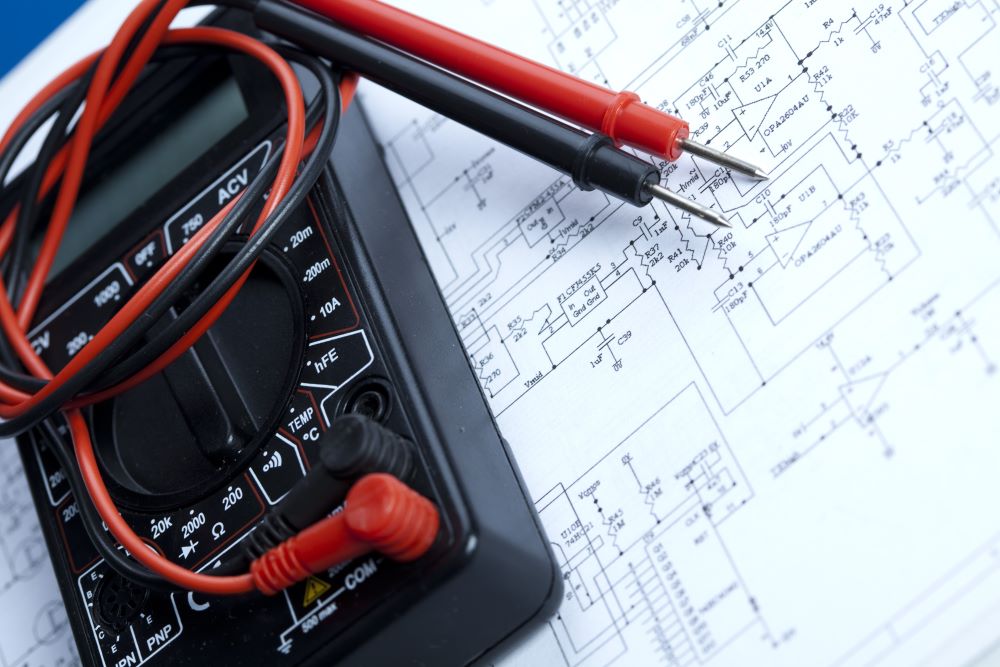Blog
How to Obtain a C-2D Low-Voltage License in Nevada

It’s a stressful time to be alive, especially for younger generations plagued by debt, isolation, and general uncertainty about the future. For better or worse, however, modern humans have unparalleled access to technologies designed to make home life relatively carefree.
Connected systems and smart technologies help to manage interior environments and deliver endless streaming media from sources across the globe. It’s the electronic version of having your cake and eating it, too, so it’s no surprise that contractors skilled at installing and maintaining such technologies are in high demand.
Nevada professionals interested in becoming C-2D low-voltage contractors are required to obtain a license from the Nevada State Contractor's Board before they may legally bid on or complete jobs. What can you do as a low-voltage contractor, and what are the steps to obtain a license?
The Job of a Low-Voltage Contractor
With a C-2D low voltage contractor license, you are permitted to install, alter, maintain, and repair specific systems, including those that use fiber optics or those that don’t exceed 91 volts. Examples could include entertainment system components like cable TV, satellite dish antennas, and sound systems.
It might also include communications technology like telephone systems and computer networking, as well as home controls like temperature and lighting. Certain security equipment like CCTV also qualifies under this category of work.
Requirements to Obtain Your License
Before you can qualify for licensure, you must meet certain requirements, starting with experience. Applicants must be able to prove at least four years of relevant work experience within the 10 years before applying for a license. This work could include time as a journeyman, foreman, or supervising employee or contractor.
Alternatively, you could provide proof that you served as a qualified employee on another state contractor’s license (in the same classification) within the last five years or that you qualify for a waiver due to reciprocal licensing in another state. In addition to showing experience, you must provide a financial statement, a surety bond, and proof of insurance (industrial and workers’ compensation). Finally, you must pass state licensing exams.
Preparing for Exams
To obtain a license, you must pass two open-book state exams: the C-2D Low Voltage Contractor Exam and the Contractor Management Survey Exam. The trade exam consists of 35 questions on topics like:
- Sound and Communications
- Feeders, Services, Branch Circuits, and Overcurrent Protection
- Conductors
- General Knowledge and Calculations
- Grounding and Bonding
- Power Supplies
- Intrusion Alarm Systems
- Utilization and General Use Equipment
- Raceways and Enclosures
You will have one hour to complete this exam, and you must answer at least 70% of questions (25) correctly to pass. The Contractor Management Survey Exam consists of 60 questions, covering topics like:
- Licensing
- Estimating and Bidding
- Lien Law
- Financial Management
- Tax Laws
- Labor Laws
- Project Management
- Contracts
- Risk Management
- Environmental and Safety
You will have 120 minutes to complete the test, and you need a minimum score of 75% (45 correct answers) to pass.
If you’re ready to obtain your C-2D low-voltage contractor license in Nevada, contact RocketCert now to find the right exam prep program and get started.
